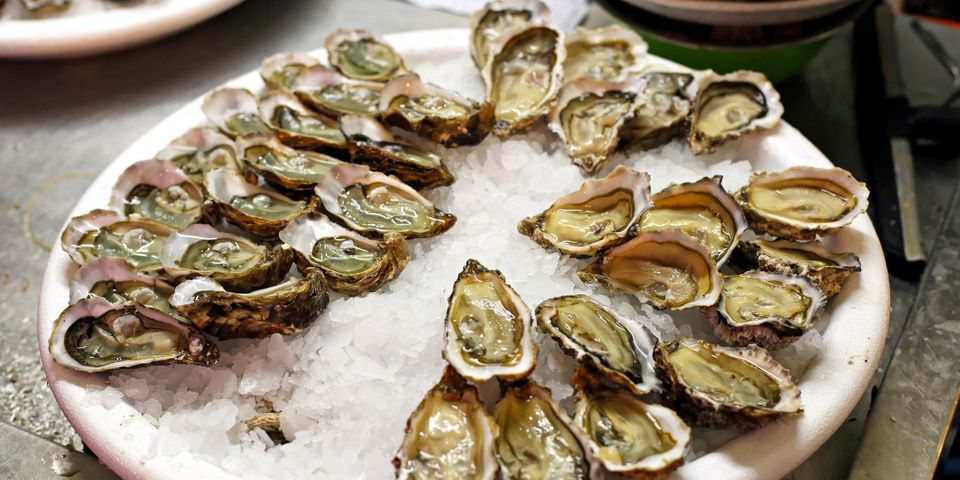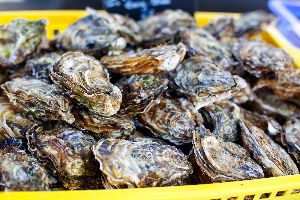
Raw oysters are among the most popular items served at oyster bars and restaurants on the Gulf Coast. Chefs may also prepare them steamed with garlic butter or baked with cheese, spinach, and breadcrumbs. Whether you enjoy them raw or cooked, you might wonder how these mollusks get from the water to the table. Below, learn more about oyster production and harvesting.
Where Do Oysters Originate?
Chesapeake Bay, which is a body of water that stretches from New York to Virginia, is the largest oyster-producing watershed in the U.S. However, Willapa Bay, located off the coast of Washington state, is the nation's largest oyster-producing estuary.
The Gulf Coast is home to hundreds of oyster farms located in bays and estuaries that extend from Florida all the way to Texas. Most restaurants and oyster bars in the U.S. source their oysters from one or more of these three regions.
How Are Oysters Harvested?

In the wild, oysters attach to stable surfaces such as rocks, fallen trees, and old shells. As they reproduce, they build upon one another to create oyster reefs or beds, some of which can extend several nautical miles. Once the mollusks reach maturity, oystermen harvest them, using rakes to dislodge and collect them or lowering a dredge and dragging it along the reef. Oystermen then sort the mollusks by size and return any that are too small to the bed.
On farms, oystermen select high quality seeds and fertilize them. As the seeds germinate and begin growing underwater, farmers keep them in bags to protect them from marine predators. Next, they move the baby oysters into floats, which are large baskets that resemble oyster beds. There, the mollusks eat phytoplankton and algae to continue growing until they mature. Once they reach full size, oystermen remove the floats before collecting and sorting the mollusks by size and quality.
Preparation for Consumption
After harvesting, oystermen and farmers may store the mollusks until they're ready for shipping. Some cultivators use a wet storage system to hold oysters in a stable environment and keep them fresh. They might add dissolved oxygen to the water to increase the shelf life of the mollusks or add saline to give the oysters a brinier flavor.
Prior to shipping, oystermen scrub mud and grime from the shells before rinsing them with cold water. Next, they pack them in well-insulated foam, using refrigerants such as gel coolant or dry ice to ensure they remain cold and fresh. When they arrive at restaurants and oyster bars, chefs may rinse them to remove any residual debris before shucking and serving them raw or baking them with delicious ingredients before serving.
When you're in the mood for oysters, head to Papa Rocco's. This oyster bar and restaurant offers raw oysters along with steamed and baked specialties to hungry patrons throughout Gulf Shores, AL. Call (251) 948-7262 to ask about raw oysters available by the half-dozen, and visit the website to browse their menu of food and drinks.
About the Business
Have a question? Ask the experts!
Send your question

